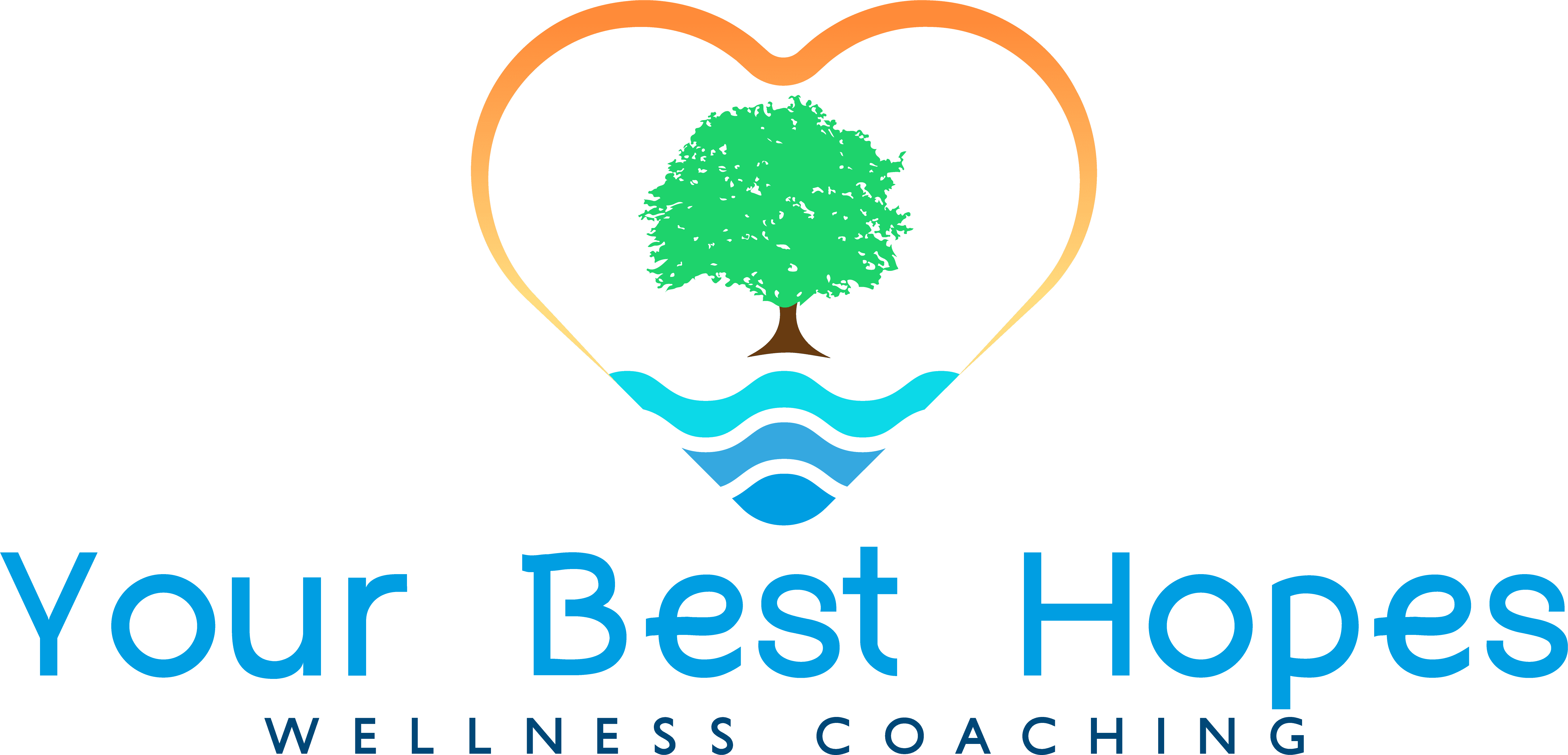Recently, I witnessed an exchange on social media that had me thinking about how we each experience and perceive pain in our lives. This particular interchange centered around deeply hurtful, derogatory language and quickly devolved into a comparison of which words were worse as to the depth of injury inflicted upon different cultural ethnic groups.
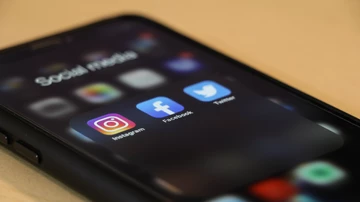
Photo by Jack deMore on Unsplash
From my outside-looking-in vantage point, I could see how each was validated in their position, however, it made me contemplate why the discussion had deteriorated to a level where more harm ensued. Furthermore, it caused me to consider how I perhaps may have assumptions about the depth of pain and difficulty experienced by clients and colleagues in my wellness coaching work.
Pain is such a personal thing. Our individual life experiences, environment, cultural and social conditioning all have great influence on how we process, perceive, and express it. And unless we experience those influences in exactly the same way, how can we pass judgement about how individuals perceive their own pain? How can I say one person’s pain is greater than that of another? Pain is pain in the eye of the beholder. It’s extremely important that we remember and honor this – whether as a friend or colleague or in the role of therapist or coach with a client.
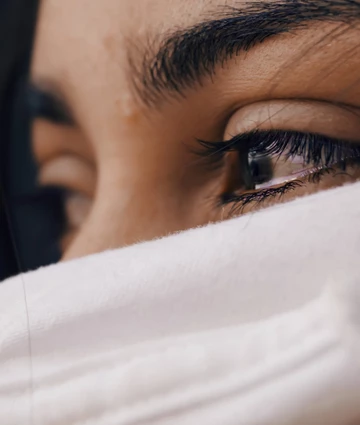
Photo by Luis Galvez on Unsplash
It doesn’t even truly matter how I or anyone else perceive the level of pain and difficulty experienced by another when we are focused on working together for solutions. What does matter, however, is that we respect the fact that the pain has or does continue to exist, and that the beholder of that pain very likely desires a life where it no longer has a stranglehold. Then, together we can have conversations where we paint that picture of a preferred future where the pain is either lessened or perhaps even eliminated.
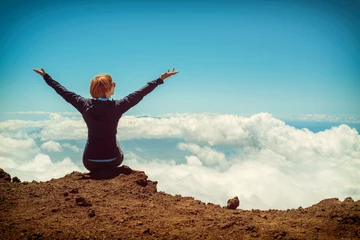
This is a simple thing in concept, but, unfortunately, very hard to execute. Our society promotes and encourages competition and the importance of being number one in everything. Even to the degree that we’ve become attached to seeking praise in being at the “top” not only for our positive accomplishments, but also in how much we are in agony. We one-up each other by declaring to the world that our own individual burden to bear is heavier than that of
anyone else. We seek this validation in order to stay rooted in our own misery because it’s familiar. We are so often addicted to playing victim, looking for others to support this role when we make these public declarations of suffering. And social media has only exacerbated this enabling with the world of “likes” and instant commentary in promotion of our distress.
We are now in an era where this instant information dump can also create incredible divisiveness such as happened in the case of the language debate that started my whole reflection on the matter. Rather than engaging in slinging hurtful words when defending your position at the top of your pain mountain, why not take a moment to pause before you respond to someone’s post? Before publishing your words
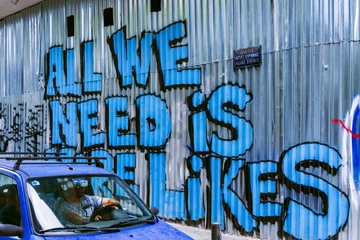
Photo by Daria Nepriakhina on Unsplash
that may continue to provide fuel for the stinging flames, ask instead what you can do to help the beholder of that pain move from the mountain and onto a path toward positive outcome. You can acknowledge the wounds, but yet at the same time seek to be a part of the solution.
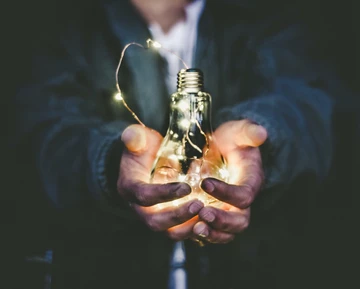
Photo by Riccardo Annandale on Unsplash
Along this same vein of thinking, when a collective hurt is inflicted on a culture or group of individuals, rather than continuing a public debate as to whose pain or experience was deeper or more wounding, why not take the solution-focused attitude? Why not grant that each of our perspectives has validity, and then work to create a society where we start to come together to find ways of eliminating these ongoing inflictions of harm upon ethnic cultures? In this way, we do not dismiss this history of injury, but rather, we use it as a means of shared understanding to forge new bonds in the creation of commonality. Commonality in a shared vision of a preferred future where we have societies of hope, an acceptance of all, despite the origin or historical behaviors that have perpetuated separation-thinking.
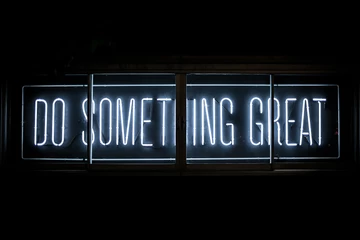
Photo by Clark Tibbs on Unsplash
So, the next time you read an inflammatory post on social media, or come across any news event that creates a sense of pain or injustice for you or your cultural ethnic identity, I invite you to offer words of common solution versus a knee-jerk hurtful response. Perhaps if each of us were to choose to do this, we just might move from a divided world and to one of greater harmony. There is power in numbers, and together, I believe that each one of us has the ability to work
together to create positive change in our world. And then the need to compare depths of pain, declaring winners of the worst will no longer be the norm. Instead, we all become beholders of our best hopes realized.
